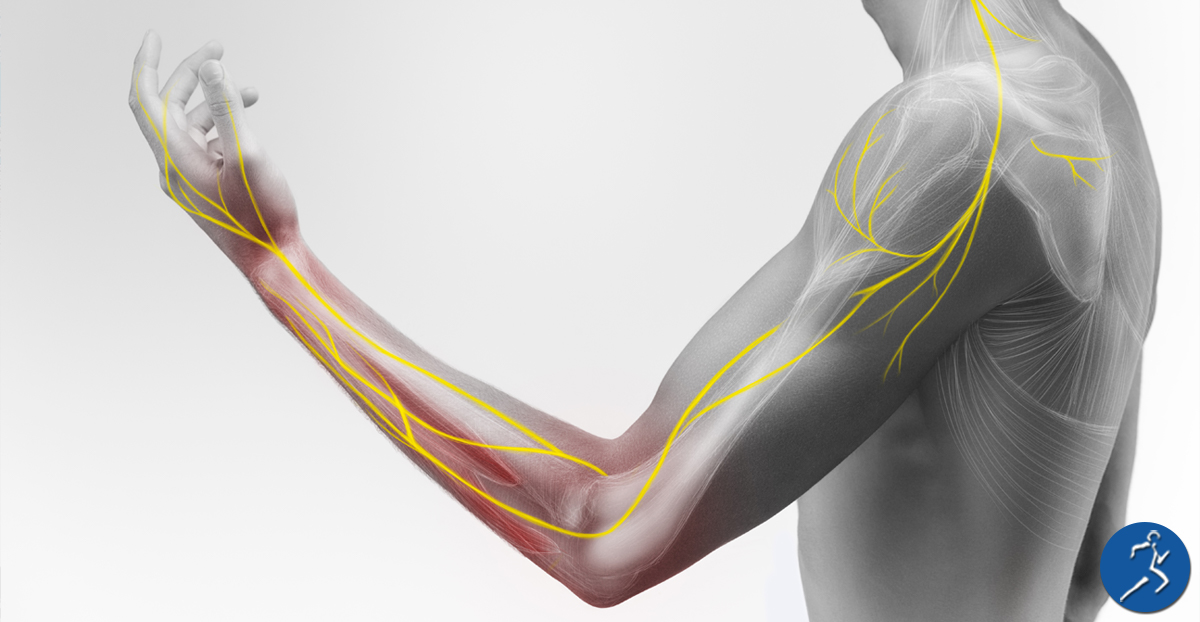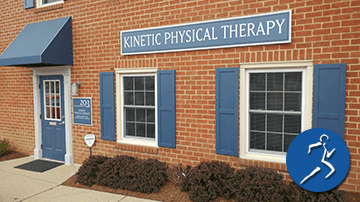 Nerve pain is a distinctive, often chronic, type of pain that is challenging to manage or treat. It’s caused by many different reasons. This leaves individuals with unique, painful sensations and feelings. But, one effective way to treat or manage nerve pain is with physical therapy. Exercise, soft tissue manipulation, and TENS can significantly improve the pain and impact healing.
Nerve pain is a distinctive, often chronic, type of pain that is challenging to manage or treat. It’s caused by many different reasons. This leaves individuals with unique, painful sensations and feelings. But, one effective way to treat or manage nerve pain is with physical therapy. Exercise, soft tissue manipulation, and TENS can significantly improve the pain and impact healing.
What is Nerve Pain?
Nerve pain is also known as neuropathic pain, neuropathy, or neuralgia. It’s caused by an impairment within the nervous system. The pain results in a different kind of sensation from any other type of pain. Neuropathic pain is also often chronic.
Types of Nerve Pain
Different types of neuropathy include:
- Peripheral neuropathy
- Autonomic neuropathy
- Entrapment neuropathy
- Phantom limb pain
- Focal neuropathy
- Proximal neuropathy
- Trigeminal neuralgia
Furthermore, the above list is not exhaustive, as numerous types of pain affect various parts of the body.
Common Causes
Neuropathic pain has many different causes, including:
- Disease
- Injury: both traumatic and repetitive
- Infection
- Limb loss
- Thyroid issues
- Vitamin B deficiencies
- Spine injuries
- Excessive alcohol or medication intake
What Does it Feels Like?
Neuralgia and neuropathic pain are unique from other different kinds of pain. The pain can range. Including shooting and stabbing feelings, to a burning sensation. The pain can also be sudden and sharp. People who suffer from nerve pain can be sensitive to the cold or touch. Even the brushing of the skin. The pain is usually worse at night. Typically ranging from mild to severe.
Neuropathic pain can be challenging to treat. Often, standard pain treatments aren’t effective. Neuropathic pain can deteriorate over time. Further leading to disabilities of varying degrees. The most effective treatments involve a combination of various approaches. Including the incorporation of physical therapy.
Physical Therapy Treatment
Physical therapists can utilize different techniques for treating neuralgia. Of course depending on the area that needs to be treated and the type of pain you are having.
TENS
One type of electrical stimulation that effectively provides nerve pain relief is TENS. By exciting sensory nerves, this technique stimulates the pain gate mechanism. This, in turn, blocks the pain signal to the brain.
Exercise
Exercising to varying degrees is beneficial for overall health. And, those who suffer from nerve pain could also utilize it to help manage chronic pain. Different exercise components that have been proven to be helpful. They include increasing endurance, muscle strength, joint stability, or muscle and joint flexibility.
Manual Treatment
Physical therapists often use a hands-on approach to improve the symptoms associated with nerve pain. They achieve this by utilizing techniques related to soft tissue massage, nerve gliding, or bone realignment.
A Two-Pronged Approach
Physical therapy helps treat and alleviate the physical symptoms of stiffness, inflammation, and soreness associated with nerve pain. But it can also be utilized to help the neuropathic pain healing process. By encouraging and stimulating natural pain-relieving chemicals within the body, physical therapists can provide substantial pain relief.
Nerve pain is often recurring and leaves individuals with a one-of-a-kind sensation. And while it’s difficult to manage or treat, several physical therapy techniques can help pain sufferers. Not only can physical therapy help alleviate neuropathy’s physical symptoms, but it can also help the overall healing process. If we can help you with nerve pain, please contact us at Kinetic Physical Therapy for a consultation. We’ll be happy to take a look at your pain, and to suggest a course of treatment! Call us today!


